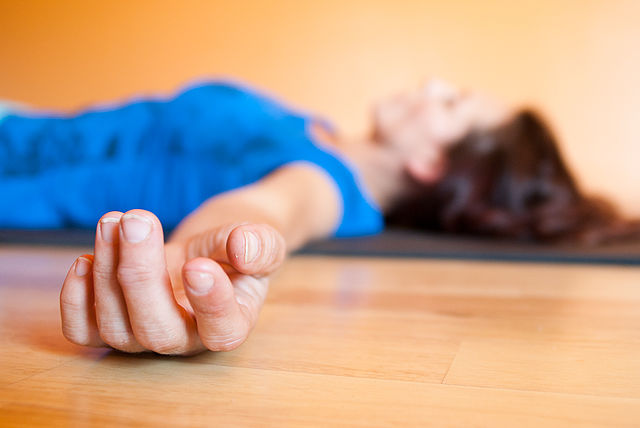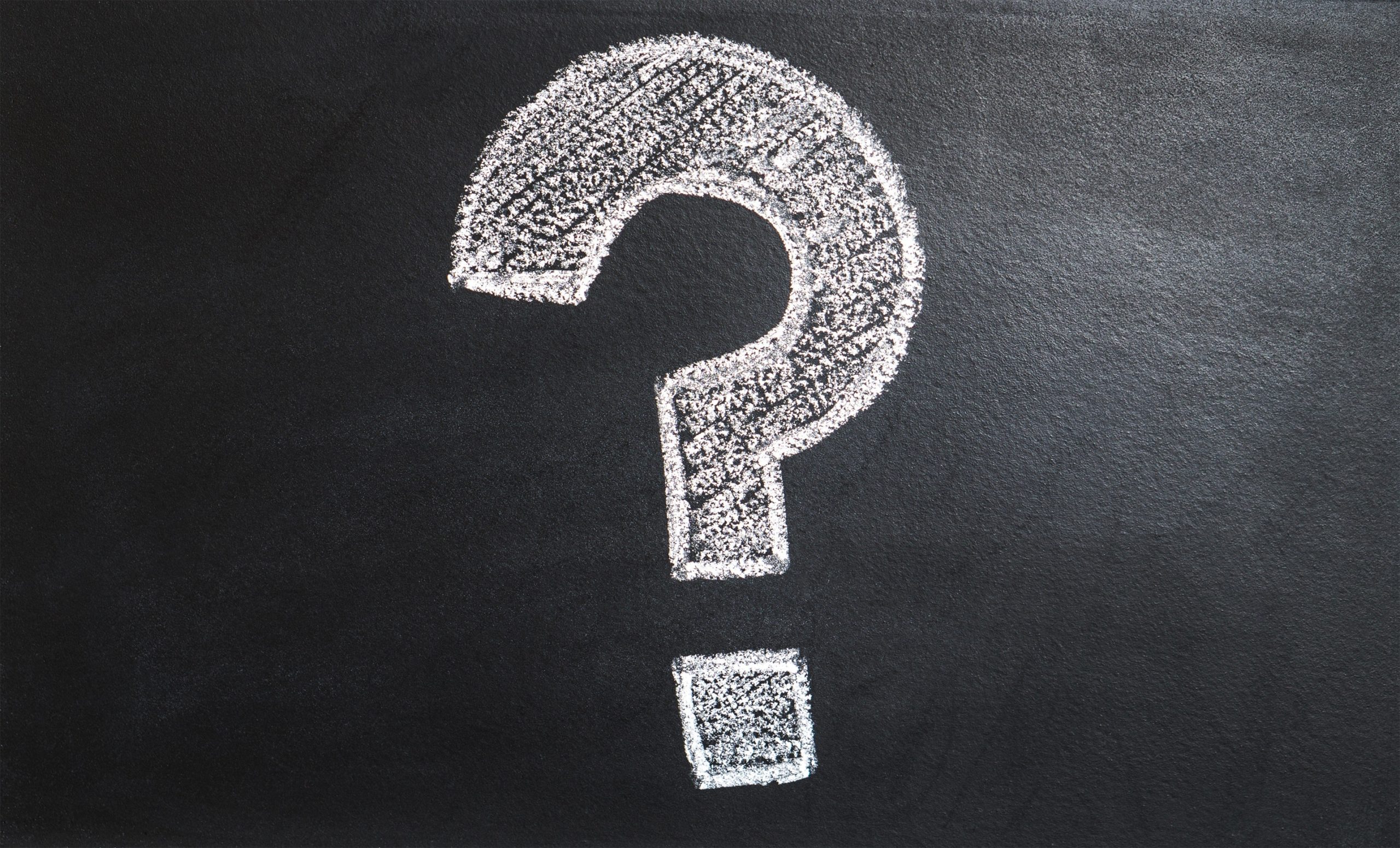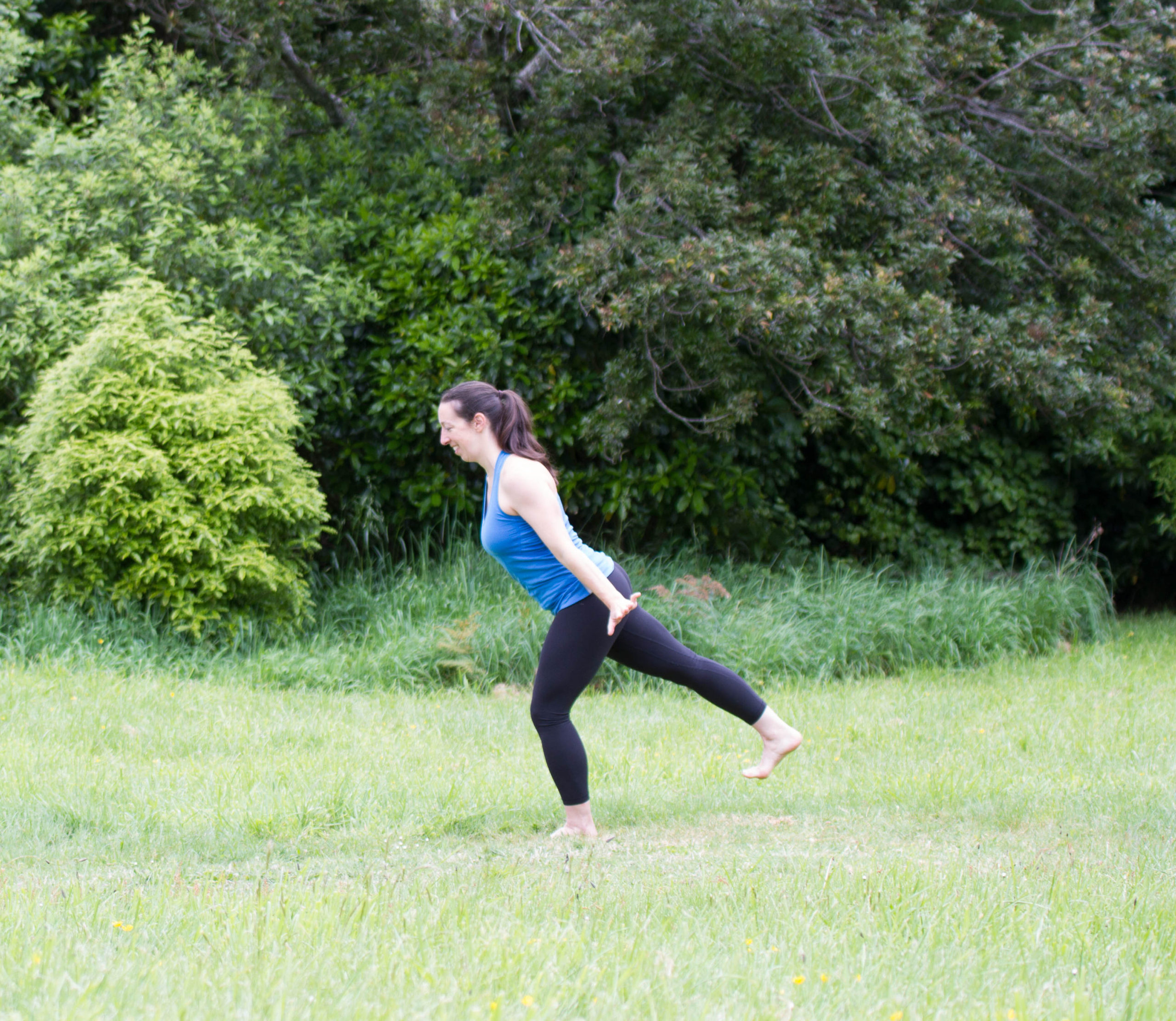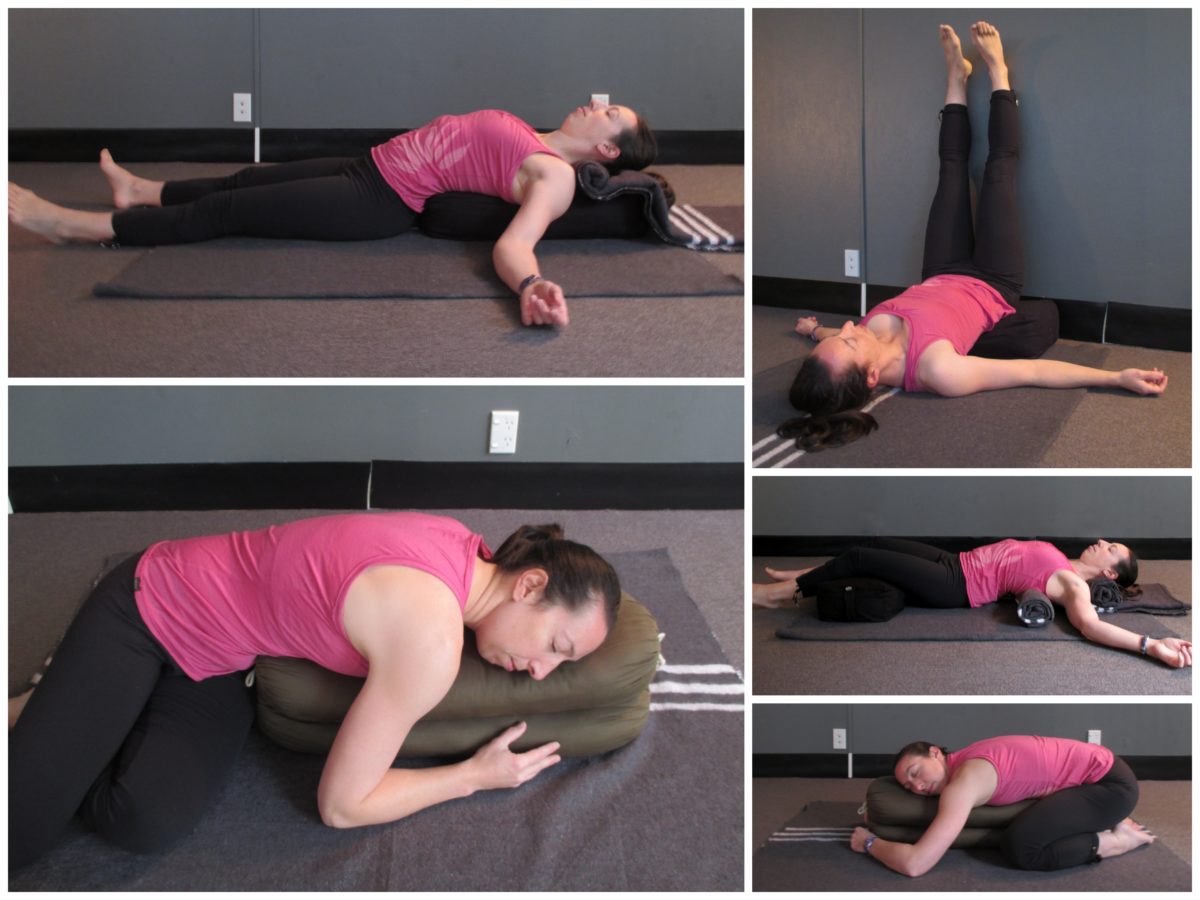While yoga originated thousands of years ago and has been evolving ever since, the physical movements we associate with yoga are mostly a modern development in the 20th century which continues to evolve. As a result, there are many different types or styles of yoga and individual teachers often adapt and blend styles.
This is an overview of some common styles or terms that might be used to describe a class. No one style is better or more authentic then the other – it’s about which style and teacher is right for you. These are general descriptions and can help you decide what styles to try. The best way to find out is to talk with teachers and try a class.
Hatha yoga
Hatha yoga, broadly and historically refers to a practice of yoga primarily focused on the physical poses/postures in part to help prepare the body for meditation. Essentially hatha yoga includes most yoga we practice today – it’s a bit of an umbrella term which might include other more specific types of yoga. When a class is described as hatha yoga, it is typically a general term to describe a yoga class that involves the physical postures and often some form of breathwork and/or meditation. You will see a large variety in hatha classes depending on the teacher.
For further background see this article on the difference between hatha yoga and vinyasa yoga by Arundhati Baitmangalkar.
Vinyasa / vinyasa flow / flow
Vinyasa yoga is a general term that refers to yoga which focuses on coordinating the breath with moving from one posture to the next. Because you often flow from one posture to the next, this style might also be described as vinyasa flow or yoga flow. This style tends to be more physically active then gentler forms of yoga, but not always.
*Vinyasa is also a Sanskrit word that generally means to intentionally put together a sequence of physical movements.
Power yoga
Power yoga is a vinyasa style that typically keeps moving without pauses from one pose to the next to offer an aerobic or more athletic workout. Power yoga classes often emphasise building strength by including more physically demanding poses. The term power yoga was coined in the 1990s in the United States.
Ashtanga (astanga)
Ashtanga yoga classes tend to be a more athletic yoga practice flowing from one posture to the next incorporating physically demanding postures. Asthtanga yoga classes typically teach the six series with various levels created by K. Pattabhi Jois in the 20th century.
The word Asthanga can also refer to an eightfold path identified in Patanjali’s Yoga Sutras. One of the eight steps is asana, or the physical movements of yoga.
Hot yoga
Hot yoga classes involve practicing yoga in a heated room. This concept evolved from Bikram yoga which involved 90 minute sessions of 26 postures each done twice in a specific sequence, along with two breathing exercises in a room heated to a minimum of 38 degrees. Bikram yoga was created by Bikram Choudhury and became popular in Western culture in the 1970s. In more recent years, studios and teachers now offer hatha or vinyasa style yoga classes in a heated room, generally referred to as ‘hot yoga.’
Iyengar
Iyengar yoga was developed by B.K.S Iyengar about 60 years ago. In Iyengar style, yoga students focus on one posture at a time and take time to set up more exact alignment. The standing postures may be held longer, and there may be rests between postures. Classes typically involve equipment to help students with correct alignment, including straps, blocks, bolsters and more.
Restorative yoga
Restorative yoga is a general term that refers to a style of yoga focused on calming and healing both physically and mentally. This is done by using bolsters, pillows, and blankets to support your body in passive resting postures to slowly release tension and stress. Often you will rest in positions for longer periods of time. This allows you to ease your way into relaxing and letting go of tension. This style does not focus significantly on stretching or strengthening, but more on relaxing. I’ve written in further detail about what restorative yoga is and how it works.
Yin yoga
Yin yoga involves postures similar to restorative yoga, usually sitting on the floor, and holding positions longer (between 3 to 5 minutes). This style of yoga may incorporate positions that involve both gentle or intense stretching. Props such as bolsters or blocks may be used, but not always. The focus is applying gentle stress to joints and their connective tissue. Paulie Zink originally introduced yin yoga in the 1970s, but it has continued to be evolved by other yoga teachers.
A note: I first wrote this article for a workshop 5 years ago. Since then the global #metoo movement has helped bring to light the sexual assault and abuse that has happened in the yoga community. Many students have come forward about sexual abuse and abuse of power by several gurus who founded some of these well known modern styles of yoga. I debated whether to include these styles in this article, but I believe it is important to know the history of these styles so you can do your own research. You can find more information online, such as this New Yorker Article on Yoga Reconsiders the Role of the Guru in the Age of #MeToo.




